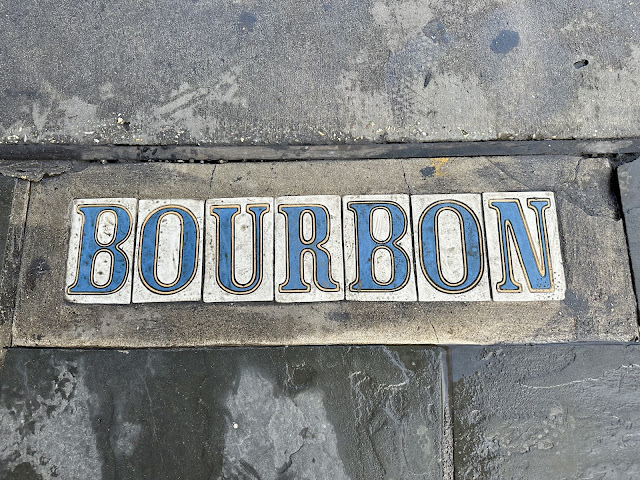Too many companies do their year end planning and call it strategy. Often the discussion at these meeting is simply how to incrementally improve the business. Everyone predicts they will sell slightly more product this year. It is a good business practice to have long term resource plans, but that is not strategic business development.
Real strategy is focusing your business. Strategy is finding potential opportunities, and enabling your resources to produce and sell new products, and services to grow.
Continuing operations have to be profitable and products updated. Equally important is to discontinue or outsource products and services no longer key to your success. The important idea is to concentrate your resources where the profits are. Work less and make more.
The best opportunities are market disrupters. All innovation flows from the unexpected combination of two or more things. You need to spot and exploited a change whose time has come. Not necessarily being the first mover, but be the first to get it right.
Steve Jobs says, “I am going to wait for the next big thing." Then he develops a position to take advantage of the opportunity. Look at the iPod. Lots of people in and out of the industry knew about music downloading, and people knew that MP3 players were coming along. The music companies and the music retailers had asset positions that were being threatened, and didn’t want to act. It was not a fantastic leap of imagination into the far future. He found a set of ideas that needed to be quickly and decisively acted upon.
A value denial is a business opportunity. Every change and innovation creates new value denials. These are products or services that are both desired and feasible but are not being supplied to the market.
What makes a business unit healthy? Operating efficiently and having a good strategy. A good strategy, in turn, is one that is responsive to change and that builds, builds upon, and stretches the resources that yield competitive advantage. Be focused on going after changes.
How do you actually plan strategy? For that, you need a small group of smart people. Strategic insight is essentially the solution to a puzzle. Puzzles are solved by individuals or tight-knit teams. With big groups and complex processes you can select the better solution to the puzzle, and you can get consensus and buy-in and even commitment. But that comes later.
Start with a SWOT analysis. It is time to look at your strengths, weaknesses, opportunities and threats. Basically as a group evaluate your business internally and externally. Where do you have advantages, and where do you have to improve? What opportunities are there and what weaknesses do you have?
Write three coherent paragraphs about what is changing in your industry and why. Having to link your thoughts, giving reasons and qualifications, makes you a more careful thinker and a better communicator. No bullet points.
Other questions to ask include: Where are the profits too low? Are the margins low? Can we increase margin with a new design? Can we partner with a competitor? Does someone else do it better? Can we minimize expenses on mature products? Do we just raise prices and give up market share? Do not underestimate the inertia of buyers. Can we sell part of the business without damaging the whole unit? How will the customers react?
Speculative judgments are the essence of strategic thinking, and they can be the starting points for taking a position. Strategic thinking is essentially a substitute for having clear connections between the positions we take and their economic outcomes. You have to determine where to invest in projects with a goal.
Companies create competencies by making bets, and putting the right resources in place to develop those competencies. Companies get good at something by doing it, and that give you a sustainable advantage.
You job is to figure where your resources are best spent. The most important job of any manager is to break down a situation into challenges that subordinates can handle. Absorbs a lot of the ambiguity in the situation and gives less ambiguous problems to others. That is the heart of strategy.
This article is based on the research and studies of Richard Rumelt.
Subscribe to:
Post Comments (Atom)
3:15 am attack on Bourbon Street, New Orleans this morning. This tragic attack killed 10 and injured ~35 including 2 police officers. Most...

-
Siding with Apple that developing new software to crack one phone will be reused all over the world. No fan of terrorist, but other govern...
-
Being self-employed had to learn how to network. Being naturally shy it was difficult at first until learning these secrets. 1. Act as ...
-
"Be at war with your vices; at peace with your neighbors, and let every New Year find you a better man." - Benjamin Franklin ...
No comments:
Post a Comment